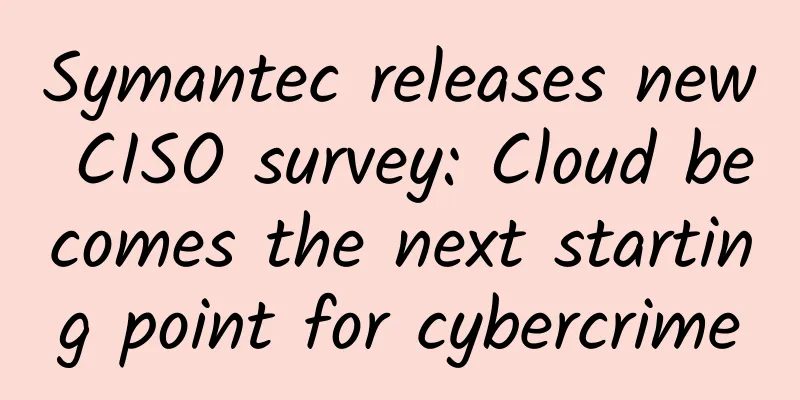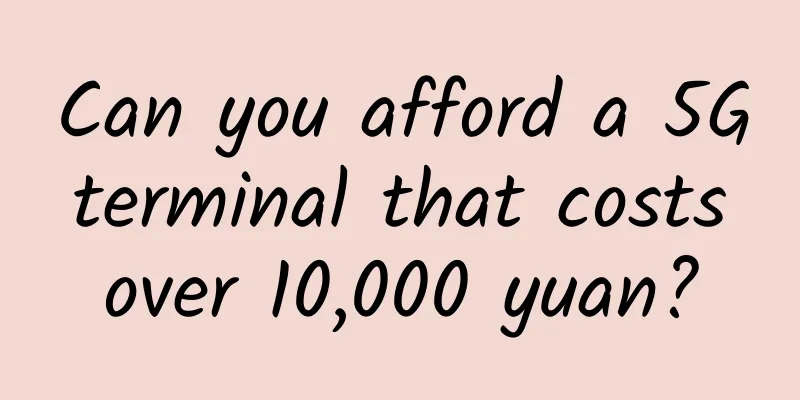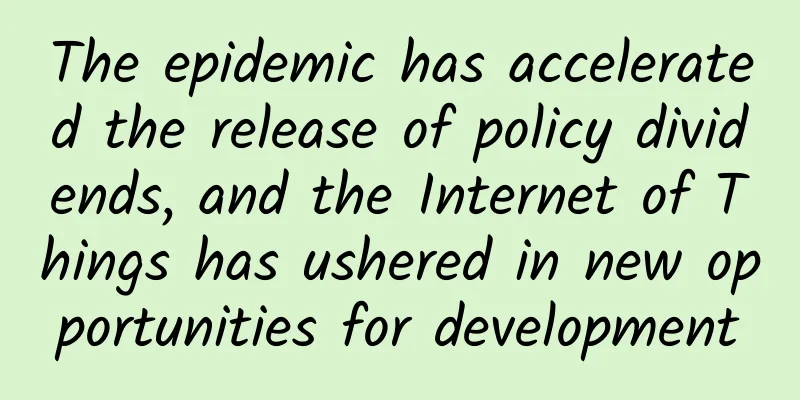It may take another five to ten years for IPv6 to completely replace IPv4

|
On June 6, 2012, World IPv6 Launch, major technology companies and Internet associations launched a large-scale publicity campaign to promote the use of IPv6 to replace IPv4, whose address space has been exhausted. Eight years later, according to Google statistics, the global IPv6 penetration rate has exceeded 32%, and some countries have exceeded 40%, but China, the country with the largest number of Internet users, has a penetration rate of only 0.42%. Experts believe it may take another five to ten years before the world begins to truly abandon IPv4. Mat Ford of the Internet Society said that IPv4 still works, and small operators and enterprises need to invest money to migrate to IPv6. Although the cost is not high, they have no motivation to upgrade their networks before the actual cost of maintaining the status quo becomes high. |
<<: New weapons for operators in the 5G era: edge computing and network slicing
>>: 5G development is gradually spreading like wildfire, and China is expected to take the lead
Recommend
[New Year's Day] HostYun offers 15% off on all items, VPS in Hong Kong/Japan/USA/Korea starting from 15 yuan per month, CN2 GIA/AS9929 line
HostYun has launched a Christmas and 2024 New Yea...
WeChat strongly promotes live broadcast in Moments, netizens are furious: it is so ugly
Live streaming is gaining popularity. If a produc...
Qualcomm, Ericsson and OPPO achieve Europe's first commercial 5G SA network
According to foreign media reports, OPPO, Ericsso...
Why IoT needs LPWAN
LPWAN deployment for IoT devices aims to provide ...
Ethernet VS PON network: Which one is more suitable for enterprise campuses?
The trend of optical fiber replacing copper fiber...
How unified communications technologies can support long-term remote work
[[354214]] Organizations implementing long-term r...
University of Nottingham Ningbo China: seamlessly connected to the world, with top 100 universities within easy reach
In September, when students of the University of ...
SaltyfishTech Germany 9929 package free upgrade, 15% off for quarterly payment, $19/quarter-dual core/1GB/15GB/1.15TB@300Mbps
SaltyfishTech (咸鱼云) recently upgraded the Frankfu...
What is Zigbee and why is it important for your smart home?
Zigbee is a widely used smart home protocol that’...
CloudCone 6th Anniversary Promotion Starting from $21.21/year, 1GB/30G SSD/1TB/Los Angeles Data Center
CloudCone started its 6th anniversary promotion i...
Kuroit: £3/month-1GB/15G NVMe/1TB@10Gbps/Ashburner data center
Kuroit is currently promoting its Ashburn data ce...
Application research on intercepting web crawler traffic technology
1. Headers verification The essence of a web craw...
TmhHost special package 4G memory 388 yuan/year, Los Angeles CN2 GIA/AS9929/Japan Softbank optional
TmhHost currently offers several special annual p...
The basics of optical fiber you must know
1. Classification of optical fiber Optical fibers...
Even Excel is inferior! Do you know these functions of WPS?
[[392221]] WPS is one of the few office software ...









